Ultimate ECG Monitoring Android Wearables Guide 2025
As someone deeply entrenched in the fascinating intersection of health technology and consumer electronics, I&ve witnessed firsthand how rapidly personal health monitoring has evolved. Remember when fitness trackers just counted steps? Fast forward to today, and we&re talking about sophisticated devices capable of performing an electrocardiogram (ECG) right from our wrists. This isn&t just a gimmick; it&s a game-changer, especially for those of us deeply integrated into the Android ecosystem.
The ability to perform an ECG anytime, anywhere, using your everyday smartwatch or smart ring, is revolutionizing how we approach heart health. It&s about empowering individuals with data, fostering proactive health management, and potentially catching issues before they become critical. Let&s dive deep into the world of ECG monitoring Android wearables.
Why is ECG monitoring on Android Wearables Such a Big Deal?
ECG monitoring on Android wearables is a big deal because it democratizes access to vital heart health information, allowing individuals to regularly check for signs of common heart conditions like atrial fibrillation (AFib) from the comfort of their home.
Historically, an ECG required a visit to a doctor&s office, involving multiple electrodes and specialized equipment. While clinical ECGs remain the gold standard for comprehensive diagnostics, the advent of single-lead ECG capabilities in consumer wearables brings a crucial screening tool directly to your wrist. This accessibility is paramount.
AFib, for instance, is a common type of irregular heartbeat that can lead to strokes if left undetected and untreated. Many people are unaware they have it because symptoms can be sporadic or non-existent. Regular monitoring with an wearables device can help detect these irregularities, prompting an earlier conversation with a healthcare provider.
How Do ECG Wearables Actually Work with Android?
ECG wearables typically work by using built-in electrical sensors that measure the heart&s electrical activity when you place a finger on a specific contact point, transmitting this data via Bluetooth to a dedicated app on your Android smartphone for analysis and display.
These devices, whether they&re a smartwatch or a smart ring, incorporate electrodes that detect the tiny electrical signals generated by your heartbeat. When you initiate an ECG reading (often by holding a finger from your opposite hand to a sensor on the device), the circuit is completed, and the device records the electrical impulses. This data is then sent wirelessly, usually via Bluetooth, to a companion app on your Android phone. The app processes this raw data, translates it into a familiar ECG waveform, and provides an analysis – often indicating if your heart rhythm appears “normal” or if signs of AFib are detected. This seamless integration with your android smartphone makes the process incredibly user-friendly and convenient.
What Are the Key Features to Look For in an Android ECG Wearable?
When choosing an Android ECG wearable, prioritize accuracy, regulatory clearance (like FDA or CE Mark), ease of use with the companion app, battery life, comfort, and integration with other health metrics.
Here’s a breakdown of what to consider:
- Accuracy & Regulatory Clearance: This is non-negotiable. Look for devices that are FDA-cleared (in the U.S.) or have equivalent regulatory approval in your region. This indicates a certain level of clinical validation and reliability in their ECG readings.
- Companion App Quality: A clunky app defeats the purpose. The app should be intuitive, easy to navigate, provide clear interpretations of your ECG, and offer historical data tracking.
- Battery Life: While ECG readings are usually on-demand, you&ll want a device that lasts at least a full day, ideally longer, to support continuous heart rate monitoring and other features.
- Comfort and Style: You&ll be wearing it all day, so it needs to be comfortable and fit your personal style.
- Other Health Metrics: Many ECG wearables also offer continuous heart rate tracking, blood oxygen (SpO2) monitoring, sleep tracking, and fitness tracking. These integrated features provide a more holistic view of your health.
- Data Export & Sharing: Can you easily export your ECG readings as a PDF to share with your doctor? This is a crucial feature for medical consultations.
Which Android ECG Wearables Are Leading the Pack Right Now?
Currently, devices like the Samsung Galaxy Watch series, Google Pixel Watch, and certain Garmin models are leading the pack for Android users seeking reliable ECG monitoring capabilities.
While the market is constantly evolving, a few stand out:
- Samsung Galaxy Watch Series (e.g., Galaxy Watch 6, 5 Pro): Samsung has consistently offered FDA-cleared ECG functionality on its premium smartwatches. They integrate seamlessly with Samsung Health and the broader Android ecosystem, providing a comprehensive health and fitness suite.
- Google Pixel Watch (1 & 2): Google&s entry into the smartwatch market brought tight integration with Fitbit&s health platform, including ECG capabilities. The design is sleek, and the software experience is highly optimized for Android.
- Garmin Venu 3: While Garmin has traditionally focused heavily on fitness, their newer models like the Venu 3 have introduced FDA-cleared ECG features, catering to users who want robust sports tracking alongside health monitoring.
Always check the latest models and features, as manufacturers frequently update their offerings.
Is ECG monitoring from a Wearable as Accurate as a Clinical ECG?
No, ECG monitoring from a wearable is generally not as accurate as a multi-lead clinical ECG, as wearables typically provide a single-lead reading, which is excellent for screening but not for comprehensive diagnosis.
It&s crucial to understand the distinction. A clinical 12-lead ECG provides a detailed view of the heart&s electrical activity from multiple angles, allowing cardiologists to pinpoint specific issues. Wearable ECGs, on the other hand, are typically single-lead.
This means they capture data from one primary perspective. While highly effective at detecting common irregularities like AFib, they are not designed to diagnose heart attacks, structural heart disease, or other complex conditions. Think of them as excellent screening tools that can flag potential issues, prompting you to seek professional medical advice and a more comprehensive diagnostic workup if necessary.
They are a complement, not a replacement, for professional medical care.
Shop Related Products on eBay
Find the best deals on these recommended products:
… (Content truncated for length) …
About the Author:
Poly Kaza is a seasoned technology journalist and wearable tech enthusiast with over a decade of experience reviewing and analyzing the latest innovations in smart devices. He has a deep understanding of the underlying technologies that power smartwatches and a passion for helping consumers make informed decisions about their digital companions. His work focuses on bridging the gap between complex technical specifications and practical user experience, with a keen eye on how wearables impact daily life and health.
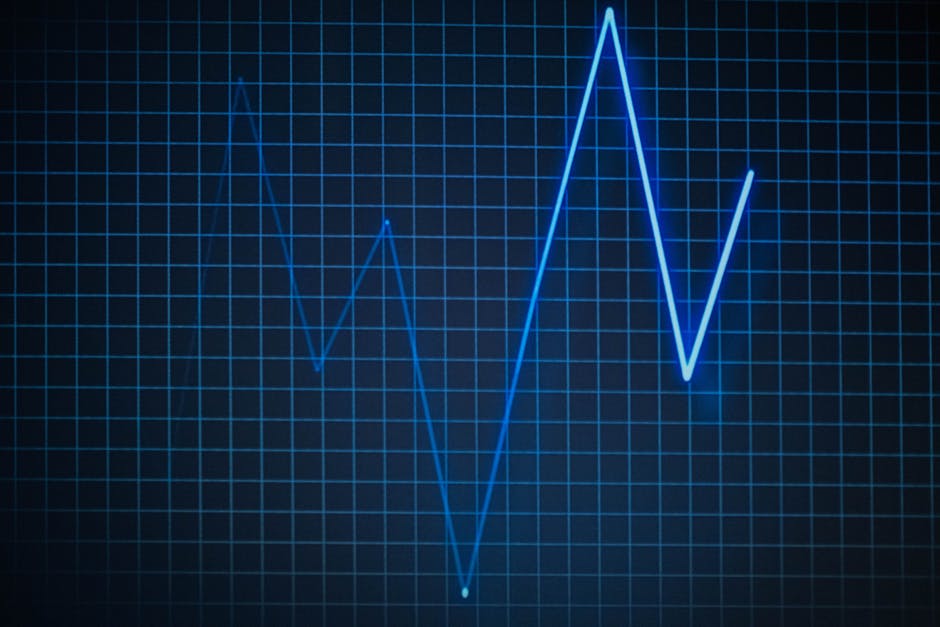

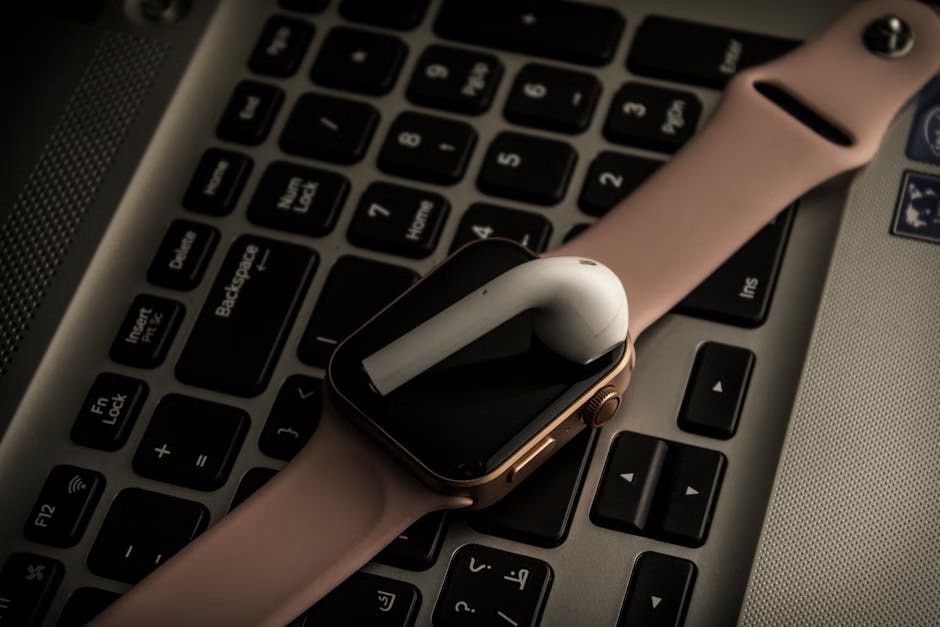


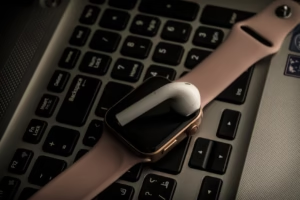

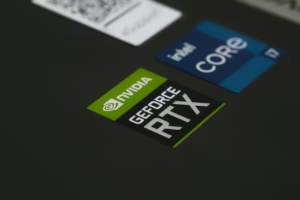

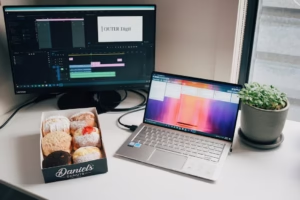




Post Comment